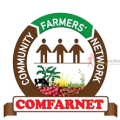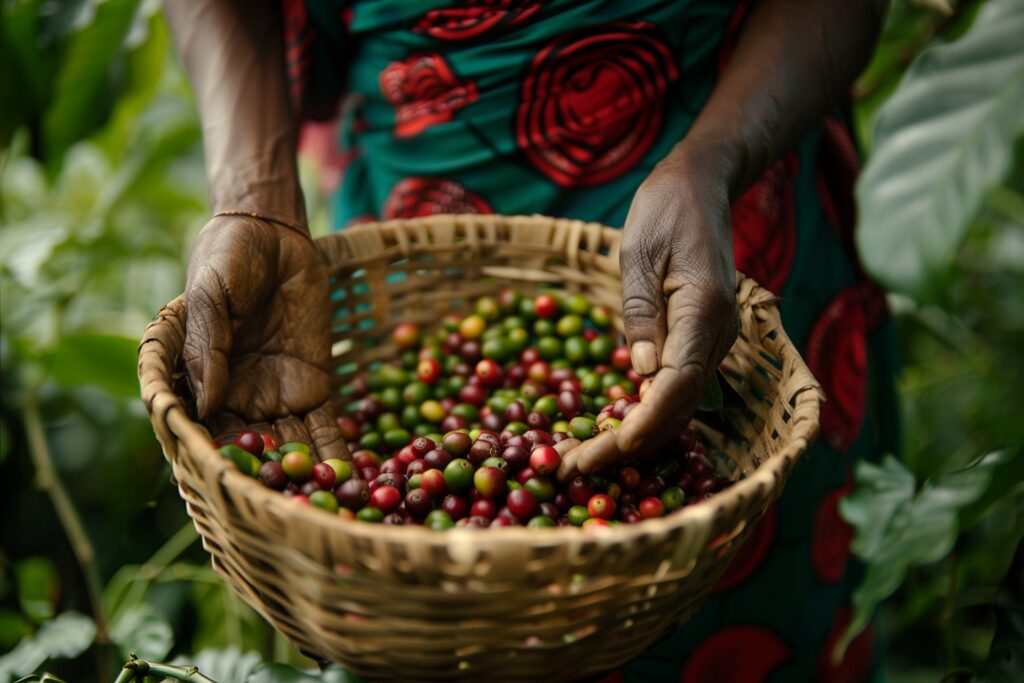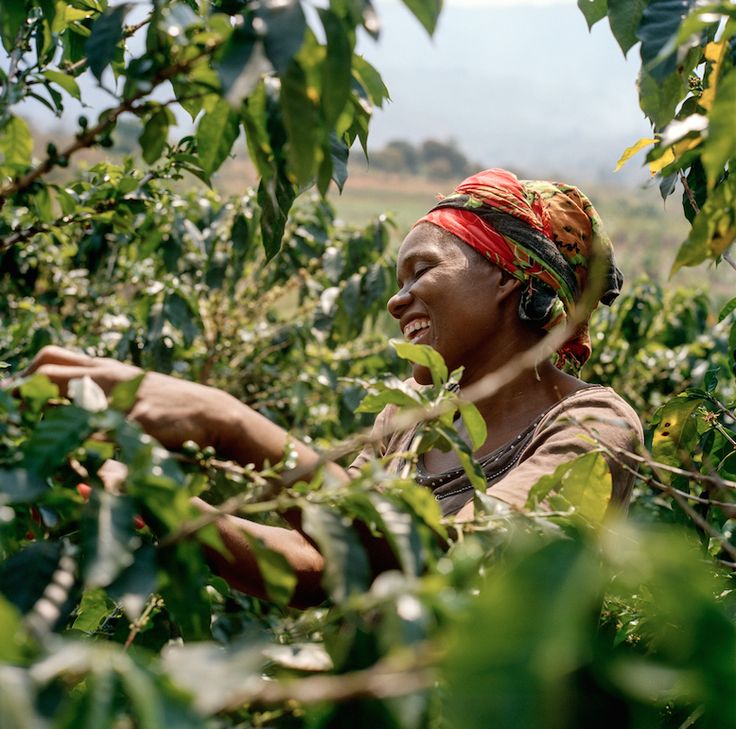+ 256 (0) 7724 55653 | info@comfarnet.org
CTM
CTM: Strategic Approach.
Family Mobilization, Orientation, Skilling, and Certification
The Community Transformation Model (CTM) begins with mobilizing and orienting families involved in coffee farming. This approach ensures that entire households are aligned with the model’s goals, fostering a collaborative effort toward improved productivity and sustainability. Families are then skilled and certified according to Uganda Coffee Development Authority (UCDA) guidelines, which guarantees that their farming practices meet national standards. This process not only enhances the quality of coffee produced but also empowers families with the knowledge and credentials needed to thrive in the coffee industry.
Farmer Skilling and Training
A critical component of the CTM is the comprehensive skilling and training of farmers. By providing targeted education on modern agricultural techniques, pest management, and sustainable practices, the model equips farmers with the tools they need to maximize their yields and improve coffee quality. Regular training sessions are designed to keep farmers updated on the latest industry developments and to foster continuous improvement in their farming practices.
Production and Distribution of High-Quality Inputs
In collaboration with partners like UCDA, the CTM ensures that farmers have access to high-quality inputs such as certified seeds, fertilizers, and equipment. By producing and distributing these inputs, the model helps farmers overcome the challenges of poor soil fertility and low crop yields. Access to quality inputs is essential for improving the overall productivity of coffee farms and for maintaining the health of the coffee plants.
Promotion and Transfer of Value Addition Techniques
The CTM actively promotes value addition in the coffee production process by introducing farmers to techniques such as coffee roasting, grinding, and packaging. It also facilitates the availability of necessary infrastructure, enabling farmers to adopt these techniques and create higher-value products. By adding value to their coffee, farmers can access more lucrative markets and increase their income. This approach not only benefits individual farmers but also strengthens the local economy by keeping more value within the community.
Demand Creation for Low-End Coffee Consumption
To ensure a stable market for coffee, the CTM focuses on creating demand for low-end coffee consumption. This involves promoting coffee drinking habits among local populations and increasing awareness of the benefits of coffee. By cultivating a strong domestic market for coffee, the model helps to balance the demand between high-end exports and local consumption, providing farmers with multiple revenue streams.
Digital Profiling and Traceability
Digital tools are integral to the CTM’s strategic approach, particularly in profiling and tracing coffee from farm to market. By implementing digital profiling and traceability systems, the model ensures that coffee can be tracked throughout the supply chain, enhancing transparency and trust. Competence management and monitoring and evaluation (M&E) processes are also digitized, allowing for real-time tracking of progress and impact. This evidence-based approach helps to continuously refine the model and demonstrate its benefits to the community.
Strengthening Partnerships with Stakeholders
The success of the CTM depends on strong partnerships with stakeholders and potential collaborators. By seeking and strengthening these partnerships, the model leverages resources, expertise, and networks that are crucial for scaling interventions and achieving sustainable impact. Collaboration with government bodies, NGOs, and private sector partners ensures that the model is well-supported and can effectively address the challenges faced by coffee farmers.
Market Segmentation
To maximize the market potential for coffee, the CTM strategically segments markets into domestic, regional, and international categories. This segmentation allows the model to tailor its marketing and distribution strategies to the unique demands of each market segment, ensuring that coffee products are competitively positioned. By understanding and targeting specific markets, the model helps farmers achieve better prices and expand their customer base.
Establishment of Regional Hubs
To efficiently manage the roll-out of interventions, the CTM establishes regional hubs. These hubs act as focal points for coordinating activities, providing training, distributing inputs, and monitoring progress. By building these hubs, the model ensures that interventions are implemented consistently across different regions, and that farmers have local access to the support and resources they need. The hubs also serve as centers for innovation and community engagement, fostering a strong network of farmers and stakeholders who are committed to transforming the coffee industry.









